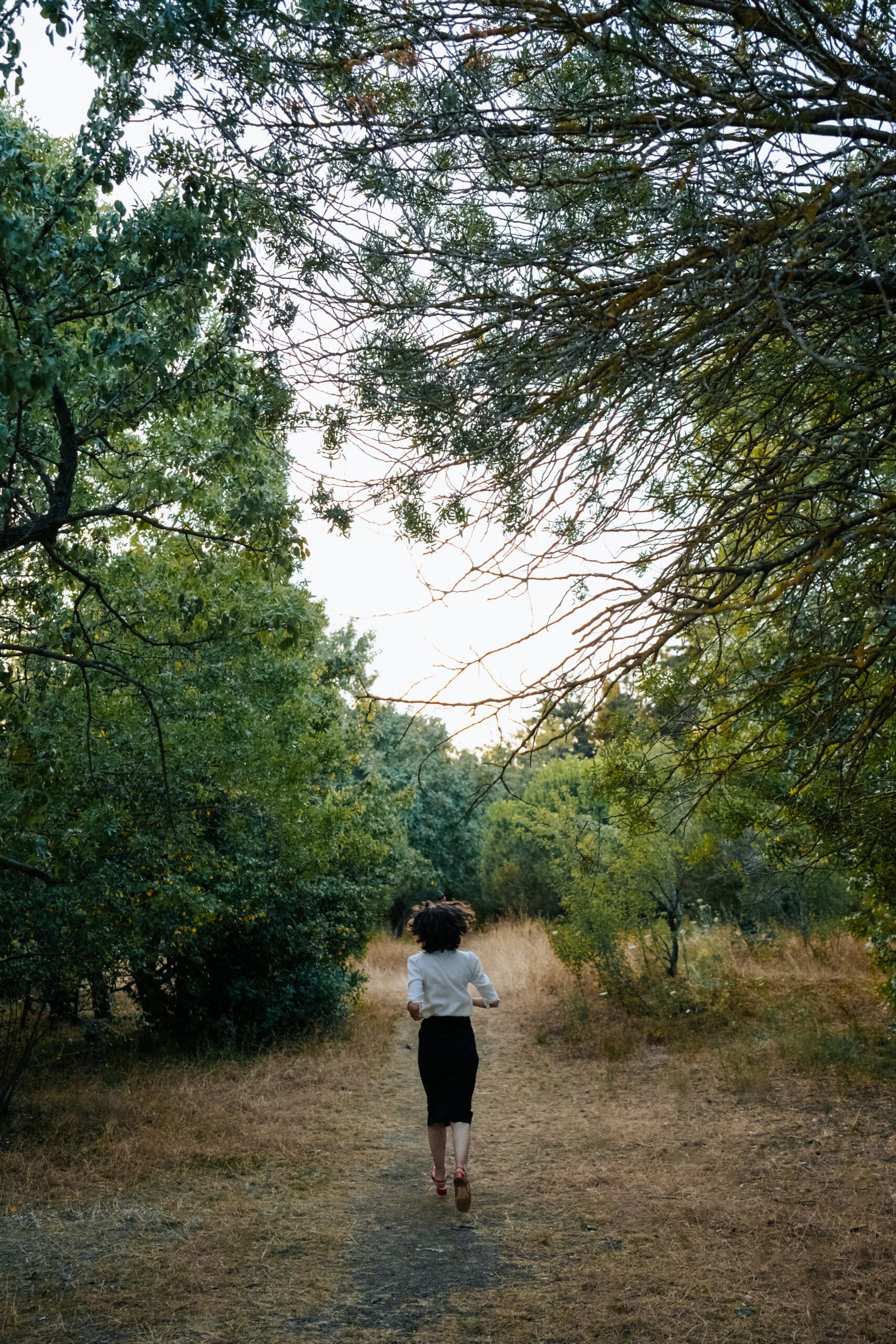Imagine standing at the base of a majestic mountain, surrounded by lush greenery and the tranquil waters of England’s Lake District. As you look up, your eyes are drawn to the captivating silhouette of the Cat Bells, a renowned peak in this picturesque region. With its enchanting trails and breathtaking panoramic views, the Cat Bells beckons adventure seekers and nature lovers to embark on a memorable hike. Whether you’re an experienced mountaineer or a casual walker, the Cat Bells promises an unforgettable experience that will leave you in awe of Mother Nature’s brilliance.
Overview
Location
The Cat Bells is a famous fell located in England’s Lake District, specifically in the county of Cumbria. It is situated on the western shore of Derwentwater, near the charming town of Keswick. Its convenient location makes it easily accessible for both locals and tourists alike.
Description
The Cat Bells is a relatively small fell with a height of 451 meters (1,480 feet). Despite its modest size, it offers breathtaking views of the surrounding landscape. The fell has gained popularity among hikers and outdoor enthusiasts due to its unique features, including its distinctive shape and the challenging hiking routes it offers.
Popularity
The Cat Bells has become one of the most popular fells in the Lake District due to its stunning beauty and accessibility. Its popularity has grown over the years, attracting a wide range of visitors, including families, casual hikers, and seasoned mountaineers. The popularity of the Cat Bells can be attributed to its scenic views, relative ease of access, and the satisfaction hikers experience upon conquering its trails.
History
Origins
The origins of the name “Cat Bells” remain unclear, although there are several theories surrounding its etymology. Some believe that the name is derived from “Cat Beld” meaning “the rugged hill of the wild cat,” while others suggest that it was originally “Cat Bields,” meaning “the shelter of the wild cat.” Regardless of its origins, the name perfectly captures the wild and untamed nature of the fell.
Name
The name “Cat Bells” has a long-standing history and has become a well-known landmark in the Lake District. The combination of the intriguing name and the fell’s picturesque charm has contributed to its increasing popularity among visitors. The name has become synonymous with the beauty and allure of the Lake District, attracting nature lovers from all over the world.
Influence
The Cat Bells has had a significant influence on the local community and visitors to the Lake District. For locals, it serves as a beloved symbol of their region’s natural beauty and provides an opportunity for recreation and exploration. For visitors, the Cat Bells offers a glimpse into the rich history and breathtaking landscapes of the Lake District, leaving a lasting impression on all who venture its paths.

This image is property of images.pexels.com.
Geography and Landscape
Location
Situated on the western shore of Derwentwater, the Cat Bells offers stunning views of the lake and the surrounding fells. Its location in the heart of the Lake District National Park further enhances its appeal, as it is surrounded by other notable peaks and valleys.
Surrounding Mountains
The Cat Bells is nestled among a cluster of impressive mountains, adding to its scenic allure. From its summit, hikers can enjoy panoramic views of the nearby Skiddaw, the fourth-highest mountain in England, as well as the picturesque Newlands Valley. The surrounding mountains provide a dramatic backdrop, creating a truly awe-inspiring experience for all who climb the Cat Bells.
Scenic Views
The Cat Bells is renowned for its breathtaking views of the Lake District. From the summit, hikers are rewarded with sweeping vistas of Derwentwater, Grizedale Pike, and the quaint town of Keswick. The combination of the shimmering lake, rolling hills, and distant mountains creates a picture-perfect scene that is sure to leave a lasting impression.
Hiking Routes
Classic Route
The classic route up the Cat Bells begins in the small village of Hawse End, situated on the shores of Derwentwater. The well-marked trail takes hikers on a gradual ascent through a mixture of woodlands and rocky terrain. As the path meanders up the fell, it offers stunning views of the surrounding landscape. The ascent becomes slightly steeper towards the summit, but the reward of reaching the top is well worth the effort.
Alternative Routes
For those looking to explore different paths, there are several alternative routes up the Cat Bells. One popular option is to start the hike from the town of Keswick, crossing Derwentwater on a scenic ferry ride to Hawse End before beginning the ascent. Another alternative is to approach the fell from the opposite side, starting in the village of Grange and making the ascent via the Newlands Valley. These alternative routes provide different perspectives of the fell and allow hikers to experience a variety of landscapes.
Difficulty Level
The hiking routes up the Cat Bells vary in difficulty, catering to a wide range of fitness levels and abilities. The classic route from Hawse End is considered moderately challenging, with sections of uneven terrain and some steeper sections towards the summit. However, with proper preparation and pacing, it is achievable for most hikers. The alternative routes may present slightly different challenges, but they are equally rewarding for those seeking a memorable hiking experience.

This image is property of images.pexels.com.
Wildlife and Flora
Birds
The Cat Bells is home to a variety of bird species, providing birdwatchers with ample opportunities to observe and appreciate nature’s winged wonders. Common sightings include raptors such as buzzards and kestrels, as well as songbirds like robins, tits, and finches. Lucky hikers might even catch a glimpse of the elusive peregrine falcon soaring high above the fells.
Mammals
Mammals also call the Cat Bells their home, albeit in more secluded areas. Red squirrels can occasionally be seen darting among the trees, while the secretive fox and badger leave behind subtle signs of their presence. Additionally, the fell is home to sheep, which can often be spotted grazing peacefully on the lower slopes.
Plants
The Cat Bells boasts a rich variety of plant life, showcasing the diversity of the Lake District’s flora. From colorful wildflowers that dot the slopes in spring and summer to hardy trees and ferns that cling to the rocky terrain, the fell offers a glimpse into the resilience and beauty of nature. Botany enthusiasts will appreciate the opportunity to identify different species and admire their adaptations to the challenging mountain environment.
Safety and Precautions
Weather Conditions
As with any outdoor activity, it is crucial to be aware of the weather conditions when planning a hike up the Cat Bells. The fells of the Lake District are known for their unpredictable weather, which can change rapidly and dramatically. Hikers should check the forecast before setting out and be prepared for potential rain, winds, and fog. It is advisable to bring appropriate clothing, including waterproof layers and sturdy footwear, to ensure comfort and safety throughout the hike.
Proper Equipment
While the Cat Bells is not a technically demanding hike, it is essential to have the proper equipment to ensure a safe and enjoyable experience. Hikers should bring a map and compass, or a GPS device, to navigate the trails effectively. It is also advisable to carry a first aid kit, a whistle for emergencies, and enough food and water to sustain energy levels throughout the hike. Additionally, sunscreen and a hat are recommended to protect against the sun’s rays, especially during the summer months.
Terrain Challenges
Although the Cat Bells is relatively accessible, there are some challenges to be aware of. The terrain can be uneven and rocky, particularly towards the summit, requiring hikers to maintain balance and take caution. Additionally, the path can become slippery during wet weather, so it is crucial to tread carefully and avoid taking unnecessary risks. By exercising caution and being prepared, hikers can mitigate potential hazards and fully enjoy the experience.

This image is property of images.pexels.com.
Photography Opportunities
Best Vantage Points
The Cat Bells offers numerous vantage points that are perfect for capturing the beauty of the Lake District. The summit itself provides a panoramic view of Derwentwater and the surrounding fells, offering a wide-angle shot that encompasses the vastness of the landscape. Additionally, there are several strategic spots along the hiking routes that provide unique perspectives and opportunities for capturing the fell’s rugged beauty.
Time of Day
The time of day is crucial when it comes to photography on the Cat Bells. The early morning and late afternoon are ideal for capturing the fell in its best light. During these times, the low angle of the sun casts a warm glow over the landscape, enhancing the colors and textures. Sunrise and sunset are particularly magical, as the changing hues paint the sky with a mesmerizing palette. However, the Cat Bells is beautiful at any time of the day, so be sure to bring your camera along no matter when you choose to hike.
Capturing Wildlife
The Cat Bells presents fantastic wildlife photography opportunities for those willing to be patient and observant. To capture birds in flight or furry critters in their natural habitat, it is essential to approach quietly and be respectful of their space. Using a telephoto lens can help get closer shots without causing disturbance. Remember to be mindful of the animals’ welfare and to never compromise their safety for the sake of a photograph.
Nearby Attractions
Derwentwater
Derwentwater, the stunning lake that lies at the foot of the Cat Bells, is a popular attraction in its own right. Visitors can enjoy scenic boat rides, hire rowing boats, or simply relax by its shores. Surrounded by woodlands and flanked by mountains, Derwentwater offers a tranquil escape for those seeking a peaceful retreat amidst nature’s splendor.
Keswick Town
The town of Keswick, a mere stone’s throw away from the Cat Bells, is a vibrant hub of activity. Known for its charming streets, quaint shops, and welcoming atmosphere, Keswick has something to offer every visitor. Browse the local market, visit the historical landmarks, or indulge in the delicious food and drink options available. Keswick provides the perfect balance between the serene beauty of the countryside and the vibrancy of a bustling town.
Other Fells
The Cat Bells is just one of many breathtaking fells in the Lake District. For avid hikers looking to experience more of Cumbria’s natural beauty, there are several other notable peaks within reach. Skiddaw, Helvellyn, and Scafell Pike, the highest mountain in England, are all within a reasonable distance and offer their unique challenges and rewards. Exploring these neighboring fells allows hikers to further immerse themselves in the grandeur of the Lake District’s mountainous terrain.
Accommodation and Facilities
Hotels and B&Bs
For those who wish to stay near the Cat Bells, there are various hotels and bed and breakfast establishments in the vicinity. These accommodations provide a comfortable and convenient base for exploring the area. From cozy guesthouses to luxurious lakeside hotels, there is a wide range of options to suit different budgets and preferences.
Camping Sites
For a more immersive outdoor experience, camping sites are available near the Cat Bells. Camping enthusiasts can pitch their tents in designated areas and wake up to the serene beauty of the Lake District. This option allows visitors to truly connect with nature and experience the fell’s tranquility in its purest form.
Restaurants and Cafes
After a day of hiking and exploring, there are several restaurants and cafes in the area where visitors can sample delicious local cuisine and indulge in a well-deserved meal or refreshment. From traditional pubs serving hearty meals to quaint cafes offering homemade treats, there is something to satisfy every palate.
Conclusion
Recreational Value
The Cat Bells in England’s Lake District offers immense recreational value for people of all ages and abilities. Whether you are an experienced hiker seeking a challenging ascent or a family looking for a memorable adventure, the Cat Bells promises to provide a fulfilling and enjoyable experience. Its accessibility, striking beauty, and diverse wildlife make it a must-visit destination for outdoor enthusiasts.
Natural Beauty
The natural beauty of the Cat Bells is unmatched, with its stunning views, awe-inspiring landscapes, and abundant flora and fauna. The combination of the shimmering Derwentwater, picturesque fells, and vibrant wildlife creates a truly magical setting that captures the essence of the Lake District. Every step taken on the Cat Bells reveals a new facet of nature’s beauty, leaving visitors in awe of the world around them.
Lasting Impressions
A visit to the Cat Bells is sure to leave a lasting impression on all who encounter its grandeur. Whether it is the sense of accomplishment upon reaching the summit, the breathtaking views that seem to stretch to infinity, or the encounters with wildlife and the soothing sounds of nature, the Cat Bells has a way of etching itself into the hearts and minds of all who venture to its heights. It is a place that inspires, rejuvenates, and leaves visitors with treasured memories to cherish for a lifetime.
Hi there! I’m the Editor, experienced outdoor development specialist, mountaineer and the mind behind ‘Country Rambler.’ I’m thrilled to welcome you to our website, your go-to destination for all things hill walking and rambling. Whether you’re an experienced adventurer or just dipping your toes into the great outdoors, I’ve got you covered. From providing guidance on essential gear, like boots and jackets, to sharing trail tips that range from peaceful paths to challenging peaks, I’ve got everything you need to embark on your next adventure. Stay in the loop with our fresh news updates and trail information. So, lace up those boots and join me as we explore the breathtaking landscapes together. Happy wandering!


